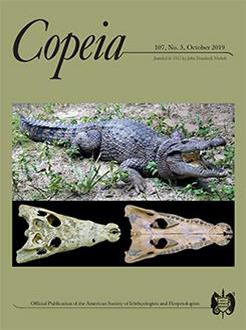In the late 1940s, Rio Grande Sucker Pantosteus plebeius was reported in tributaries of the Gila River in the Colorado Basin and presumed to be introduced because of its absence in mid-19th century surveys. We assayed genetic variation at ten microsatellite loci and two mtDNA genes (cyt b and ND4) to test the hypothesis of human-mediated introduction into the Gila within the last century. Phylogeographic analysis indicated that Gila River populations shared recent common ancestry with populations in the Mimbres River. Using approximate Bayesian computation (ABC), we rejected the hypothesis that Rio Grande Sucker was introduced to the upper Gila River within the last century. Rather, we hypothesize an older (∼4000 years before present) headwater capture event that facilitated transfer of fishes from the Mimbres to Sapillo Creek in the Gila Basin. From there, suckers dispersed to the San Francisco River and became established in upland stream habitats. Rio Grande Sucker exhibits low levels (<10%) of introgression with Desert Sucker but maintains species cohesion in the Gila Basin. We conclude that Rio Grande Sucker is native to the Gila Basin, and that these populations harbor unique diversity that could play an important role in species conservation. More generally, rigorous testing for human-mediated translocation is a difficult analytical problem, but a definitive means to do so is essential to fully understand the biogeography of freshwater fishes of the American Southwest.
How to translate text using browser tools
25 July 2019
Rio Grande Sucker Pantosteus plebeius is Native to the Gila River Basin
Thomas F. Turner,
Tyler J. Pilger,
Megan J. Osborne,
David L. Propst
ACCESS THE FULL ARTICLE





